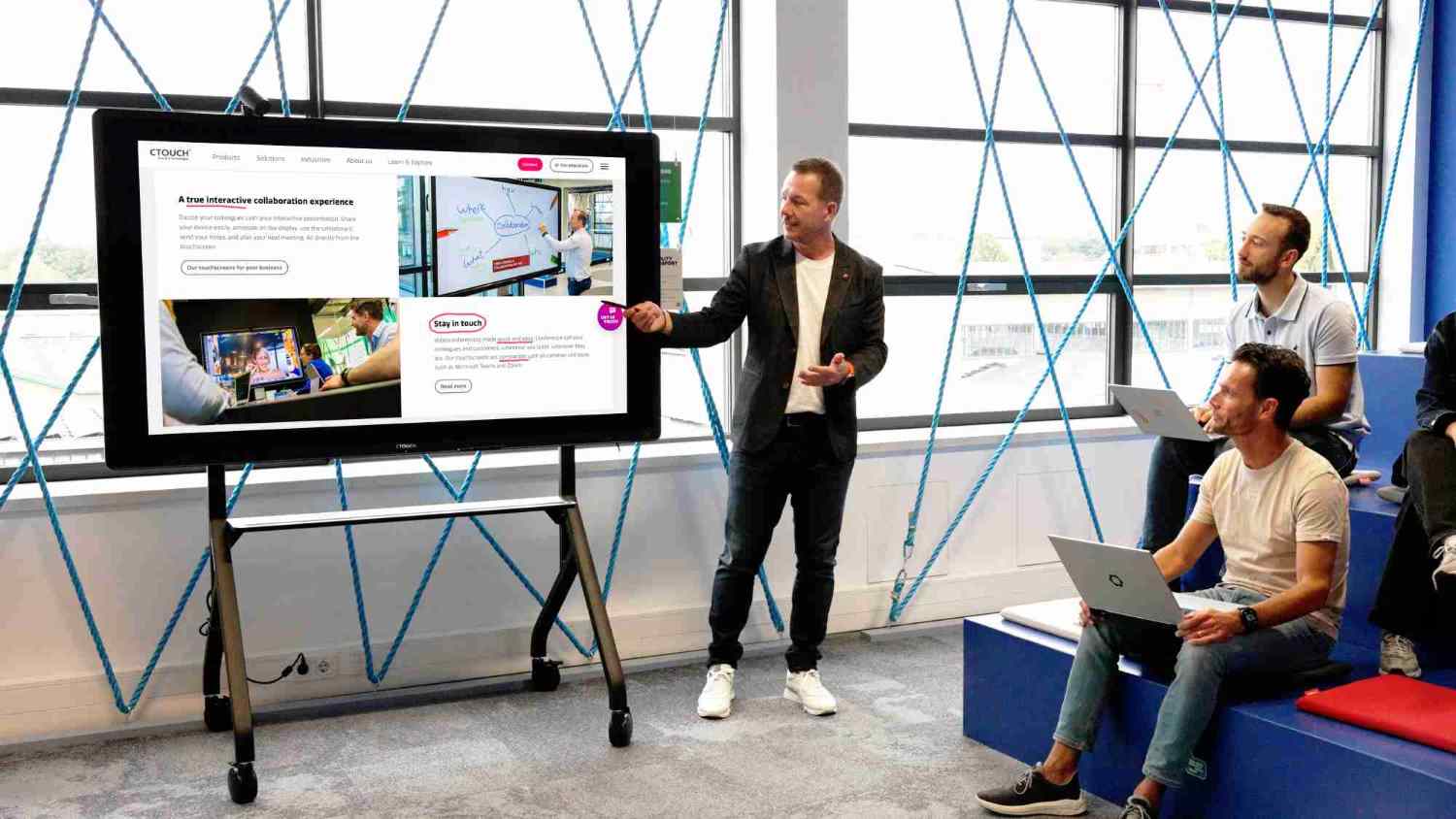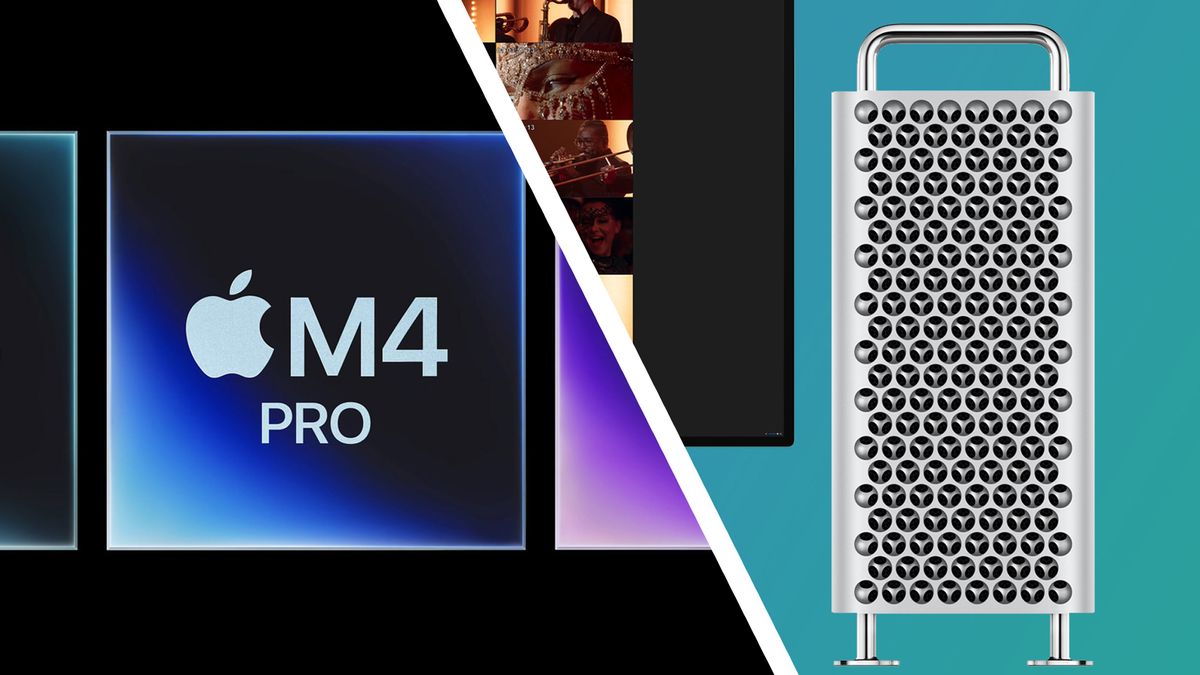A shock for a cumbersome technology giant.
Software platforms with higher profit margins and more reliable, recurring subscriptions. Growth that exceeds the parent company quarter after quarter.
What IBM was looking for, Red Hat largely delivered.
Between 2013 and 2018, IBM had posted 22 consecutive fiscal quarters of declining revenue growth. The company struggled with the desired transition from traditional hardware – which entails one-off sales and fixed equipment costs – to cloud computing. The following year, IBM spent $34 billion on Raleigh open source software vendor Red Hat, in one of the richest software deals of all time.
“If IBM had never made that (Red Hat) acquisition, I think they would have fallen further behind in the cloud computing division,” said Logan Purk, a financial analyst who covers IBM for Edward Jones. “It’s been such a monumental growth driver.”
In an earnings call last week, IBM CEO Arvind Krishna celebrated five years of Red Hat under Big Blue, noting that Red Hat has doubled its annual revenue since the purchase. OpenShift, the company’s hybrid cloud platform, rose from $100 million annually to $1.3 billion, while its other core subscription services, Red Hat Enterprise Linux and automation platform Ansible, also performed strongly.
Of the 21 fiscal quarters since IBM bought Red Hat, the Raleigh company has grown by double digits in 17 of them. “Red Hat saved IBM’s bacon this quarter,” TechCrunch wrote in July 2023, after Red Hat’s 11% growth mitigated an overall revenue decline at IBM.
“Red Hat was a pivotal deal for IBM that changed the course of its cloud journey,” said Dan Ives, analyst at Wedbush Securities.
The corporate marriage was not without moments of doubt, such as when Jim Whitehurst, former CEO of Red Hat, left IBM less than two years after the deal closed. Whitehurst, the second-highest executive at IBM, was considered a likely candidate to replace Krishna as CEO.
“There was fear of a culture clash, that there might be integration issues, which didn’t help when the CEO of Red Hat eventually left,” Purk said.
When Red Hat was sold, the company had 13,360 employees and offices in 40 countries. It had built a distinct brand since the 1990s, adhering to an open-source ethos that emphasized that the best and most secure code is free and open.
At least on the balance sheet, the integration between Red Hat and IBM has gone smoothly. But the law of large numbers suggests that fast-growing companies can’t maintain their pace forever. For every 15% increase in sales, a jump of another 15% requires steeper profits.








